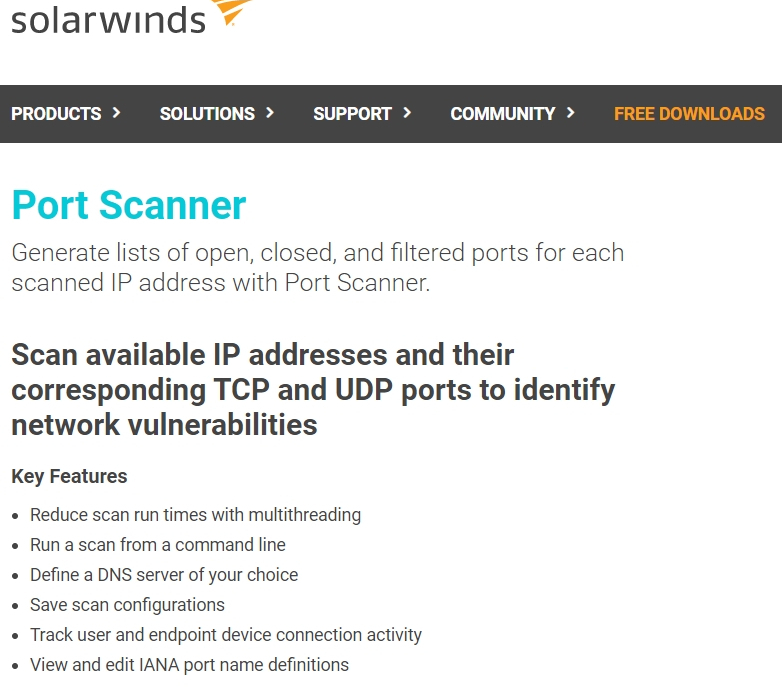


The difference between the two is IPv4 uses 32 binary bits to distinguish each unique address-resulting in a base-10 address expressed as four numbers separated by periods, such as 111.22.33.444. All networked machines have an IPv4 address, and many are now using the updated IPv6, as well. There are two different kinds of IP address: IPv4 and IPv6. Within this system, the unique identifier assigned to each given computer is known as its IP address. The vast majority of networks today use transmission control protocol/internet protocol (TCP/IP) to manage how computers connect to and communicate over networks. Skip to Best IP Address Trackers list > What Are IP Addresses? With a large number of devices on a dynamic network, tracking these many addresses accurately can be a struggle. Just how every building and property has a unique address to locate, reach, or contact it, every device connected to a network has a unique identifier for similar purposes. The houses, apartments, and businesses are akin to nodes, and the roads and sidewalks are the routes people-or data, in this analogy-use to move from place to place. Why is tracking IP addresses a challenge? Imagine a network environment is like a neighborhood. If you’re looking for an enterprise-level tool for tracking IP addresses, I suggest starting with SolarWinds ® IP Address Manager. As I’ll explain below, this task is best handled by an automated tool, because keeping tabs on IP addresses can be time-consuming and confusing. Admins need to be able to handle and track IP addresses across their network.


 0 kommentar(er)
0 kommentar(er)
